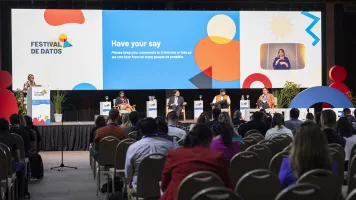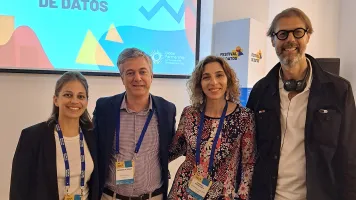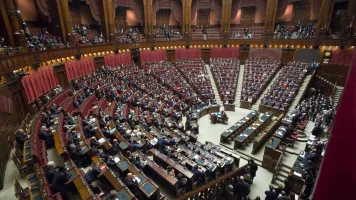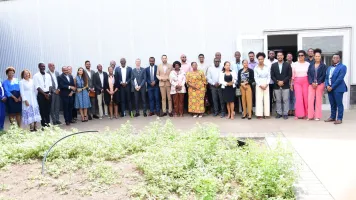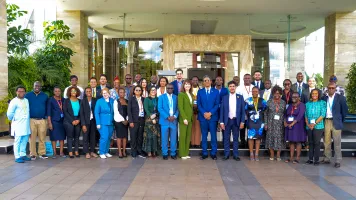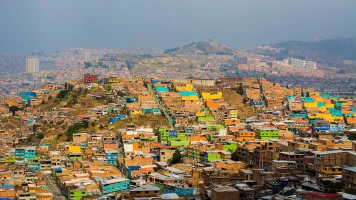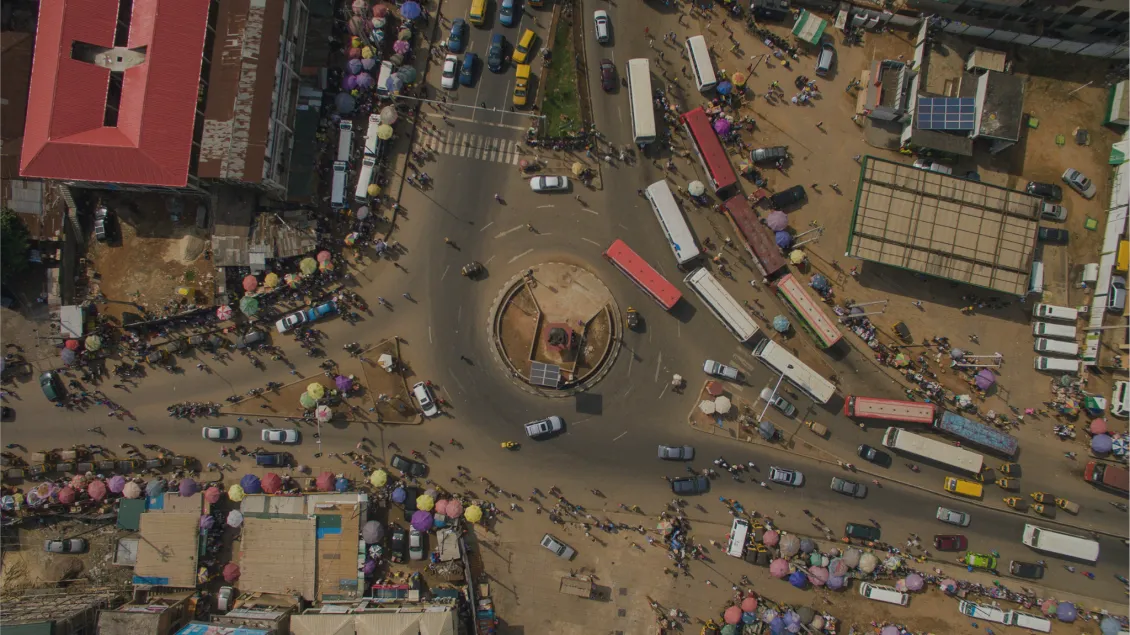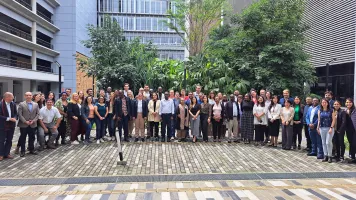To drive forward their IDC action plans, both governments have established governance and monitoring mechanisms alongside integrating resource mobilization into their institutional plans.
Kenya
The IDC government focal points have produced a resource mobilization strategy and successfully influenced decision-makers within the State Department for Social Protection to integrate the IDC into departmental annual workplans. The Kenya IDC action plan was signed off at cabinet secretary level, which is an incentive for relevant departments and units to include resource allocation in their own workplans to advance the IDC commitments.
The development of Kenya’s IDC resource mobilization strategy, supported by the IDC secretariat and the Global Partnership, has been an inclusive process, bringing in perspectives from the government and harnessing the expertise of civil society and multilateral partners. These collective efforts further demonstrate policy and decision-makers’ commitment and show that inclusive data is being increasingly institutionalized and embedded into government delivery plans.
This work is sustained through established coordination and governance mechanisms. Kenya’s inter-agency coordination group (IACC) was set up to monitor progress in implementing the country’s GDS commitments, including the IDC action plan. The IACC includes a data subcommittee, bringing together government and other organizations to collectively drive forward the inclusive data agenda and keep up momentum on implementation of the IDC across institutions.
Nigeria
Nigeria is a federalized state with three tiers of government: federal, state, and local. Resources are devolved across these tiers. This brings its own unique complexities in operationalizing the inclusive data agenda and strengthening inclusivity across the various government structures. For the Nigeria IDC government focal points, this structure also provides an opportunity for strategic alignment. As the coordinator of the NSS in the country, NBS leveraged this to integrate the IDC and its principles into the NSS realignment with relevant indicators.
To drive the IDC action plan, the Nigeria champions established an IDC Technical Working Committee (TWC), coordinated by OSSAP-SDGs and NBS, with financial and technical support provided by Sightsavers, the IDC secretariat, and other partners. Membership of the TWC included relevant ministries, departments and agencies, development partners, and representatives of underrepresented groups.
Establishing a TWC is part of Nigeria’s overall strategy for advancing the 2030 agenda, through ‘a whole of government and society approach’ to address issues relevant to the SDGs. The IDC TWC started off with a core committee and expanded its membership as the work evolved, to ensure different voices and perspectives were included in the action plan development.
During the development of the IDC roadmap and Needs Assessment Analysis, it became evident that most of the data available was only from NBS. There were issues faced in getting data from the federal ministries department and agencies, which demonstrated some of the critical gaps the IDC work would need to address. Initially, only the federal level of government was included in the TWC but the state level, which also represents local government, was engaged further down the line as part of the action plan validation process to secure their buy-in and ownership of the process.
